What’s the scariest thing for a small business owner to pull the trigger on?
I bet pay per click (PPC) advertising is near the top of the list.
PPC is not easy.
If done wrong, you can burn through hundreds or thousands of dollars.
Ouch.
However, if you get good at it, it can also be a steady and scalable source of leads for your business.
While I don’t recommend that you only pursue paid advertising, I do believe it can be an asset for businesses in almost any niche.
At the very least, it’s an option you should learn a bit about and consider.
So where do you start with PPC?
The natural place to start is with the biggest and most well-known PPC network.
You might know it as Google AdWords.
AdWords is huge. It takes in about 33% of all online ad revenue ($38.6 billion out of 117.6 billion dollars).
The only way to really understand the size of AdWords is to compare it to the advertising networks of the other top search engines:
At this point, there are “well over one million advertisers” using AdWords for their business.
The reason is simple:
It’s a safe bet that you can find your target customer on Google, no matter what niche you’re in. It’s the obvious place to start.
But, if you’re just getting started with PPC, you are going to make mistakes.
You are unlikely to be profitable from the get-go unless you have an incredible knack for it.
But, if you avoid common beginner mistakes, you will minimize any losses while learning (think of it as tuition), and give yourself the best chance of success.
If you’re interested in accelerating your PPC education, pay close attention as I outline the 10 most common Google Adwords mistakes (by both beginners and even intermediates).
1. Smart advertisers break things up
There may be no faster way to flush your company’s or client’s money down the toilet than a poorly run PPC marketing campaign.
The first thing you need to master, in order to optimize an AdWords marketing campaign, is choosing the right keywords. Equally important is choosing the right type of keywords.
As you might know from any SEO background that you have, there are 3 (or 4) main types of keyword matches.
You need to understand each type before we move on:
- Broad match – Will match searches with the words in any order, as well as synonyms.
- Broad match modifier (+) – If you add a “+” sign before a word, your ads will only be shown on queries that contain that exact word (but still the individual words in any order)
- Phrase match – If you put your keywords in quotes, your ads will only show up on searches that contain that exact phrase.
- Exact match – If you put your keyword(s) in square brackets (e.g. [buy flowers]), your ads will only show up on that exact search query.
Here’s a chart from Google that will clear up any confusion:
The tradeoff between conversion rates and volume: Here’s where most beginners go wrong.
If you want the most impressions, you should pick broad match keywords for your AdWords marketing campaign. Then, your ads will show up for just about every query even vaguely related to your product.
And, that’s exactly what most beginners do.
They want their ad to show up as much as possible and just pick the most obvious broad keywords they find.
Don’t do this.
You should include broad match keywords in the ad copy your search ad campaign sparingly (sometimes never depending on the size of your business).
You can use phrase match keywords, but be careful.
Ideally, you want to create and test search ad campaigns on exact match keywords.
Why? Because with exact match keywords, you can tailor your ad copy for that exact query.
This leads to higher conversion rates, which make it a lot easier to create a profitable AdWords campaign.
Studies back this up. Exact match targeting converts better than phrase match targeting, which converts better than broad match targeting.
When you think about it, it makes perfect sense.
Let’s say that you were selling organic peanut butter.
If you just typed:
organic peanut butter
into your AdWords marketing campaign, your ad would show up on queries that include:
organic peanut butter info
Not only is that an informational query (not a buying query), but you’re probably linking to a sales page for someone else’s peanut butter.
Since it doesn’t contain a whole lot of background info, most visitors will just leave, wasting the money you paid.
But, with exact targeting, you can go after specific phrases like:
[buy organic peanut butter]
If your landing pages are good, you are going to convert at a high rate. You’re giving searchers exactly what they want.
.
And, since you only show up for the specific queries you target, your ads won’t show up as often (unless you target a bunch of exact keywords).
However, unless you need to drive a ton of traffic to your business (which you won’t as a beginner), start with just using exact match keywords.
Start with exact match keywords in your ad copy and experiment with phrase match keywords after you’re dialed in and profitable.
Make ad groups match your products: AdWords is one of Google’s highest quality products. They need it to be since that’s where almost all of their revenue comes from.
One of the best features of AdWords is how flexible it is. You can have up to 10,000 search ad campaigns in your account and 20,000 ad groups per AdWords marketing campaign.
In other words, you’re unlikely to ever come close to fully utilizing your account.
Yet most advertisers don’t even try.
They want to create a few really great ads and be done with it.
In reality, that doesn’t work.
You need to create a separate ad group for each product that you’re selling. Sometimes, you might need multiple ad groups for one product.
That way, you can have an ad group for both “organic peanuts” and “organic peanut butter”. While they might be related, people searching for both terms want to see different ads and different landing pages.
To create an ad group, click on one of your AdWords marketing campaigns in AdWords. Then, click the red “+ ad group” button.
Once you do, you’ll have to fill a few things out on the next page.
First, give you ad group a descriptive name. Don’t name it something generic (like “ad group x”).
You can also create a basic first ad, although you can edit that before the search ad campaign goes live.
You have to add at least one keyword below, in the text box. You can add more if you’d like or leave that for later.
When you scroll down a bit more, there’s a final option you need to choose.
Choose a maximum bid per click (can change later) and then click “Save ad group.”
When you go back to the main “ad groups” dashboard, you’ll see your new search ad campaigns.
2. The first rule of advertising: Numbers don’t lie
It can be hard admitting you’re wrong (for just about everyone, including myself).
But, you need to get over it.
You’re going to create some ads that you think are brilliant and should convert at 10+%.
The majority of those ads are going to perform terribly.
Even expert copywriters can’t always guess which ad copy will perform better for a specific audience.
What they do know, however, is that the numbers don’t lie.
If you have a large enough sample size for a variety of ads, you can know, with great certainty, which one is the best.
Please note that I didn’t say, “which one you think is the best,” but, instead, which one will produce the most conversion rates for your business.
This is one of the simplest concepts to understand, but one of the most difficult to stick to in practice.
There will be times where you think you can create a profitable search ad campaign for a group of keywords, yet no matter what you try, the ads simply don’t produce conversion rates.
The numbers will show you that you are losing money and wasting time.
Too many business owners continue to be stubborn and try to squeeze out a little profit
That’s not how highly successful businesses operate. They spend their time pursuing the best opportunities, not trying to prove that they can turn a difficult situation into a slightly profitable one.
Decide right now: How much money will you spend trying to make a single ad group profitable for a product?
Once you hit this limit, you need to promise yourself that you will move on to better opportunities.
Don’t think of it as a failure, think of it as opting to find an opportunity to win bigger.
3. Not understanding the full power of negative keywords
I lied before – sorry.
There are not 3 or 4 types of keyword matches, there are actually 5, if you consider negative match keywords:
Negative keywords will help you use phrase match keywords without burning through all your money for the AdWords marketing campaign:
When you add a minus sign (“-”) before a specific word in your keyword phrase, you tell Google that you don’t want your ad showing up for any query that contains that specific word.
The reason that you want to use negative keywords is so that you can minimize the times that your ad shows up for a query that has a low buyer’s intent, or is for an irrelevant query.
Here’s a practical example.
If I was an search engine optimization looking for a job, a search term I might use on a search engine would be:
seo jobs
The first ad result makes sense. It’s a search engine optimization agency that hires SEOs.
The second result is very questionable, because I didn’t see any hiring information on their site.
But, the third ad is the worst. It’s an ad for a search engine optimization tool.
Regardless of the quality of the tool, it’s a waste of money to advertise for this keyword. Anyone looking for a search engine optimization job is not looking to buy a tool right now.
Not only will it not convert well, but you’ll also annoy the searcher because they’re looking for job information, not to be pitched. This could lose you business in the future, as well, when they’re actually open to buying a tool.
Negative keywords improve performance: There’s a few good reasons why exact keywords might not be enough (or optimal) for your business.
In those situations, you need to use negative keywords in order to keep your quality score and conversion rate high.
Many businesses take a while to discover this, but you don’t have to be one of them.
In one case study, Search Scientists were able to increase their client’s quality score by 60.1%, while also decreasing the cost per click (CPC) by 24.6%. They did this primarily by utilizing negative keywords.
In another situation, Adapt Partners was able to reduce the ad spends of their client by 40%, while actually increasing conversion rates.
While there was more to the AdWords marketing campaign than just negative keywords, they were a main focus of the project.
It’s easy to see why negative keywords can help.
If you’re targeting a phrase match keyword like “organic peanut butter”, your ad will show up for queries like:
- buy organic peanut butter (good)
- organic peanut butter information (bad)
- what is organic peanut butter (bad)
- organic peanut butter products (might be good)
And so on…
I marked a few of those queries as “bad”. When your ad shows up and links to a page that sells organic peanut butter, these searchers will not be happy.
Obviously, they are not going to convert well (compared to the other terms).
On top of that, they can hurt your quality score.
Your quality score is based on many different factors.
The main factor is relevancy: Do your landing pages have what the searchers are looking for?
For these bad keywords, your landing pages don’t have what searchers want, so your quality score will drop.
When you have a low quality score, it costs you more per click for those keywords. So, not only are these non-targeted keywords not converting, they also cost you more as well!
That is why you need to use negative keywords.
How to add negative keywords: It’s very simple to add negative keywords. You can do it on either an ad group or a campaign level.
If you add a negative keyword on an ad group level, all the ads in that particular ad group will have the negative keyword applied to it.
If you add a negative keyword on the campaign level, it applies to all ad groups in that campaign.
Start by clicking on the “keywords” tab in AdWords.
Then, click the plus sign beside the “negative keywords” link at the bottom of the page. That will expand 2 different panels (one for ad group level, one for campaign level).
When you click “add” on either panel, you can type in or paste in any negative keywords.
Here is a good list of negative keywords to get started, but you’ll likely also be able to come up with some for your specific product:
- free
- porn
- cheap
- nude
- naked
- torrents
- youtube
- craigslist
- ebay
- kijiji
- sex
- porno
- torrent
Terms like “free” and “cheap” aren’t usually high converting, because the searcher isn’t looking to spend money. In most cases, it’s best to avoid terms like these.
One final clarification: You might have noticed the quotes in that screenshot above. When you’re adding negative keywords, the same rules apply.
If you just type in a word (like free) without any quotes, it will act as a broad match negative keyword. That means that all synonyms and related words to “free” should automatically be filtered out as well.
Use quotes to indicate a negative phrase match keyword and square brackets for an exact keyword.
4. Are you guessing how much your customers are worth?
How do you know if a search ad campaign is profitable?
Do you think spending $10 per individual conversion rate is good? how about $20?
The answer is that it doesn’t matter what you think, it matters what the numbers say (again).
A search ad campaign is only profitable if the lifetime value of a customer is greater than the cost to acquire that customer.
Calculating the lifetime value of a customer isn’t always easy. There are many complicated formulas that businesses often use:
You’ll never know the exact lifetime value of a customer, but you want a close estimate.
While you can use those advanced formulas, I suggest starting out with something simple.
This customer lifetime value calculator has 3 simple fields:
Enter in your profit per order in the first field. It’s important that it’s profit and not revenue (take your costs into consideration).
Next, enter the percent of repeat buyers you get. If you run a recurring subscription service, this does not take churn into consideration. You will either need to estimate this rate, or use a more complicated formula.
Finally, input your customer acquisition cost (the amount you pay per individual conversion rate with each of your ads).
As long as your final customer lifetime value is sufficiently positive, you have a good search ad campaign.
Note that you should calculate a value for each product you sell, as they’ll likely have quite different results.
5. Being in a rush to go broke
The best advice I can give to a beginner advertiser is to start slow and gain experience.
Google often gives away $50+ gift cards of free advertising to businesses. Most of these businesses end up blowing through that in a few days because of all the mistakes I’m outlining in this article and by bidding way too high.
First, it’s important to understand how Google ranks paid advertisers.
Because Google cares just as much about satisfying searchers as it does about making money from advertisers. Both factors play a role.
One component is your max bid, which you set for each AdWords marketing campaign. This is the most you’re willing to pay for a click.
AdWords works like an auction. If no one else is bidding on a keyword, you won’t come close to your max bid amount (if it’s reasonable).
The second component is your quality score, which is determined by how well your page reflects what searchers are looking for.
If you have a high quality score, you can still get plenty of impressions and clicks without having a high maximum bid.
This is my first point: Work on your quality score first, instead of just trying to outbid all your competitors.
Top isn’t always best: The other common misconception that people new to AdWords have (and even some experienced advertisers), is that the number one position is always the best.
The #1 spot gets the most clicks, but if you’re targeting a decent amount of keywords on a limited budget, you don’t need to maximize how many clicks you’re getting.
Your initial goal should be to get some clicks and start optimizing your search ad campaign.
Lower spots are cheaper, which means that you won’t blow through your budget as fast.
When you initially set up your AdWords marketing campaign, Google will give you suggested maximum bids based on keywords (you can see them in the Keyword Planner).
I suggest starting lower than these suggestions.
Work on getting your quality score as high as possible. While you do that, observe how many impressions you’re getting and how many clicks those impressions are generating.
In one case study, Georgia Eye Associates was able to improve their position from 4.2 to 3.1, while also reducing CPC from $4.90 to $2.31. Quality score can make a big difference.
Sometimes, despite bidding quite a bit under the suggested bid, you’ll still get enough clicks for ad testing.
Positions 3-5 often have the highest returns on investment (ROIs). However, they lack the click volume of the first 2 positions.
If you can get your ad campaign profitable in the 3-5 positions, optimize it as much as you can and then raise your max CPC to take a top spot and increase overall profitability.
6. Starting from scratch
Chances are, you’re not the first one in your niche to use AdWords.
While that means you will have some competition, it also means that you can take advantage of their experiments.
You can identify which keywords they focus most of their time and budget on and which are the ones that convert best for them.
Note: There is a chance you could miss a few good keywords, but you can always research those separately after.
Let’s go through an example…
If you’re a plumber in Denver, you should google something like “Denver plumbers”. All the top ad results are from competing companies who spend the most on advertising:
Jot down as many of their URLs as you’d like, more is always better.
Next, we’ll need a market research tool like Spyfu or SEMrush. I’ll use Spyfu for this example.
Enter your competitor’s URL as a search term in the main search bar:
This will bring up a detailed report that shows where their traffic is coming from (organic vs. paid), plus how much they spend on AdWords per month:
Also note how long your competitor has been using AdWords (bottom right of above picture).
While all this data isn’t 100% reliable, it’s a pretty good indicator.
There’s a lot of useful information in this report. But, in particular, scroll down to the “top keywords” section.
You can see all of the main keywords that your competitor bids on by clicking on “view all paid keywords.”
These top keywords are likely to be the best performers for your competitor, especially if they’ve been using AdWords for a long time.
7. Letting competitors steal your search traffic
If someone searches for your brand name, it’s clear that they know who you are and are interested in one of your products.
So, what sneaky competitors will do, is advertise on those brand name search terms and try to offer a great deal to people who query those terms on search engines.
Regardless of whether or not you think this is ethical, it happens:
As you can see above, 2 other companies that sell products or services related to the dyno rod (to unclog sinks) are advertising for their competitor’s brand keyword.
In this case, Dyno.com has smartly scooped up the #1 spot so that they won’t lose much traffic.
Even if competitors aren’t trying to steal your traffic, it still often makes sense to show ads for brand searches. They’re an extra opportunity to make sure that visitors are showing up to your page.
Remember that you should advertise for all variations of your brand. This includes different spellings, as well as different parts of your brand.
For example, there are thousands of searches done per month for Quick Sprout (and related terms), as well as Neil Patel (and related terms).
What you’ll notice about these branded terms it’s extremely inexpensive to own the first result.
Since your site is the obvious intended destination for the searcher, you’ll have a great quality score, while competitors will have a lower one.
Most competitors can’t afford to outbid you for your own brand terms because of this (at least they can’t do it profitably).
So, while it may not be ideal to pay for traffic on your own branded terms, it’s very cheap:
Additionally, these are usually highly converting visitors (because they know you well already), which means they are worth it.
8. Undervaluing the most important part of ads
When new advertisers get their first breakeven or slightly profitable campaign, they understandably get excited – it’s a big milestone.
Their next step is to crank up their spending on their ad to get increased conversion rates, but this is the wrong approach to maximize profitability.
Instead, they should start by split testing the ad itself to improve it’s performance. Once the profit per click is maximized (or at least optimized a bit), then you can focus on getting more traffic.
Don’t try to get cute: There are 4 main parts of an ad that you can set, although we’re only going to focus on the first 3 within the ad copy:
The headline is the most important, followed by the first description line and then the second description line.
As you can see, there’s a tight limit on how many characters you can use.
It might seem too strict, but you can make it work.
Remember, the searcher is already interested in your product or service. There’s no need to create a clickbait headline to make a searcher curious.
The pages that are most relevant are the most attractive for your visitors, so try to include simple, relevant keywords (ideally the ones they searched) in your title and ad copy.
First, create ads for your campaign: To create ads for your campaign, you’ll first need an ad group. Click on the “ad groups” tab and then the red “+ad group” button.
Once you’ve created an ad group within your campaign, you can click on its name.
Next, click on the “ads” tab and click the “+ad” button. This will show you a pop-up where you enter the text for each line of your ad:
In order to split test your ads, you’ll need 2 ads.
You should keep everything the same, but change one element (i.e. headline, description, etc.).
While you can use more than 2 ads, I recommend 2 for simplicity and testing speed.
Either create a new ad from scratch, or just click the down arrow beside your first ad and click “copy and edit”.
Small improvements mean big profit: Any small improvement that you get from split testing your ads will pay you back over and over again in the future.
You’ll notice that I changed the ad copy of the headline from “buy organic peanut butter” to “organic peanut butter now”.
Here are some other ideas for split testing.
There’s a few things you need to keep in mind to run a valid split test.
First, go to your ad group settings tab and click “change campaign settings”:
At the top, make sure that you didn’t pick the “standard” type, it needs to be “all features”:
Once you choose this, you will see an area for “advanced settings” near the bottom. Click on “Ad delivery: Ad rotation, frequency capping”:
Then, select “rotate indefinitely” and click “save.”
What this does is tell Google to rotate both of your ads, so that they get the same amount of impressions.
When you have a big enough sample, you can stop the lower performing ad.
Google recommends that you get at least 100 clicks on both ads, but conversion rate expert Peep Laja says that he usually uses just 25 clicks, most of the time. If you’re not sure, go with the higher clicks number.
Go the extra mile to get better click through rates: One other part of the ad you can optimize are extensions.
These are special little icons and links that you can add to your ads to increase click through rate and conversion rates.
Some, like star ratings, will get picked up automatically (if you meet the standards).
The ones that you can control are “sitelink extensions”, which add links to your website under your main ad:
Your ad will get a lot more attention, plus it is more usable for searchers.
The best part is that you pay what you normally would, unless searchers click on one of the sitelinks.
Just adding sitelinks can have a large effect on your click through rate:
How to add sitelinks to your ads: The process is very simple. Click on the “ad extensions” tab:
Then, click the red “+extension” button.
In the next panel, click the “new” button at the bottom:
Then, you can enter the details for your preferred sitelinks.
Add an anchor text (“link text”), the URL, as well as an optional description.
You can add up to 4 sitelink extensions.
9. Sending visitors to the wrong landing pages
This is a very simple, but costly mistake.
Many new advertisers simply send everyone who clicks an ad to the homepage.
However, the homepage is not optimized to receive many visitors. Since the visitors are not happy and these vague landing pages aren’t not optimized, you get a low quality score.
Not only will you get poor conversion rates, you’ll pay more for clicks as well.
Here’s an example…
Imagine if someone searched for:
crossbody bags
If there was an inexperienced business owner at TOMS, the ad might send them to the homepage:
There’s no obvious connection to this type of bag, even though they’re somewhere in the fall collection.
Many visitors would leave right away, resulting in a waste of money.
On the other hand, if the visitor was sent to the right landing pages, they would see many different crossbody bags:
They would convert much higher.
But, what if you don’t have good landing pages for a certain keyword? That’s when you make one for that specific keyword. Here are some great tools for making quick and high converting landing pages.
10. Thinking Google AdWords is perfect for small budgets
The last mistake that is commonly made is getting stuck on AdWords.
It’s true, that AdWords is a huge and useful ad network. However, that also means that competition is high and the typical CPC is on the high side.
If you don’t need an extremely high volume of traffic, or have a very limited budget, there might be other networks that will produce better results.
The obvious competitor is Bing, which is often cheaper, but still has high quality traffic.
Here is a list of 10 alternative to AdWords, so you can consider other options.
Conclusion
Driving traffic to your site through PPC advertising is a great way to diversify your traffic sources.
It’s also a quick way to get traffic initially, while you’re still building content marketing assets.
However, you need to avoid these 10 mistakes or you’re unlikely to see much, if any, profit from your advertising efforts.
Take time to experiment with ads on a small budget and learn before you start regularly spending large sums on PPC traffic.
If you have any questions about using Adwords effectively, just leave them below in the comments and I’ll steer you in the right direction.


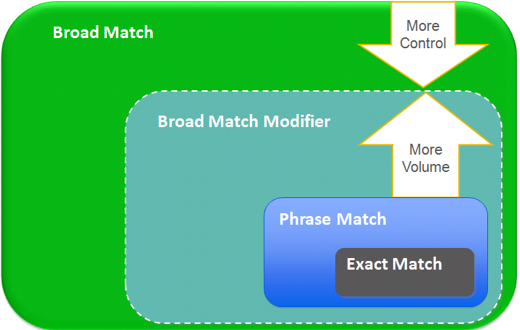
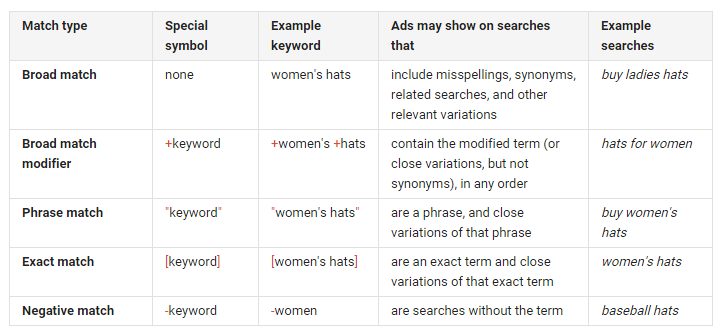
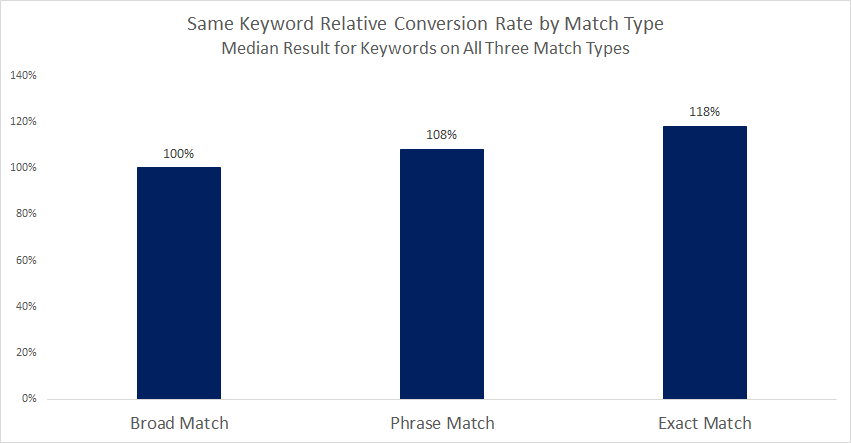
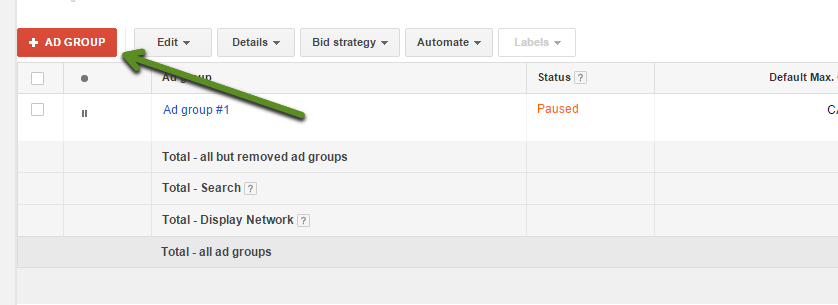
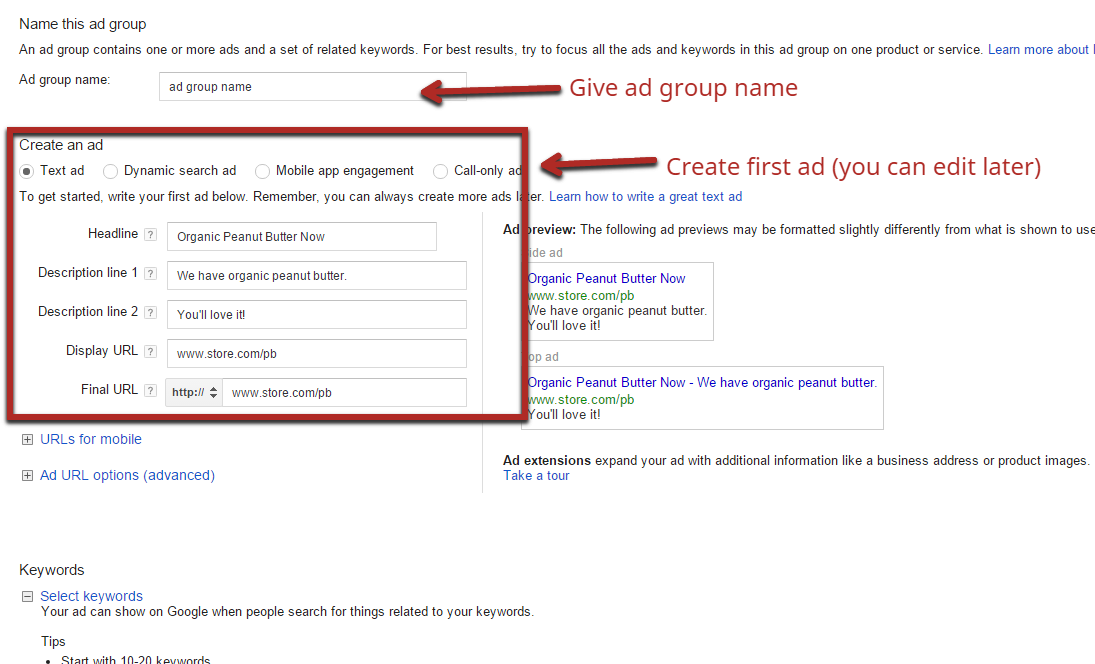
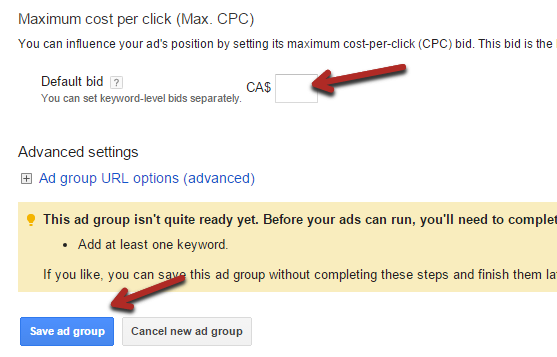

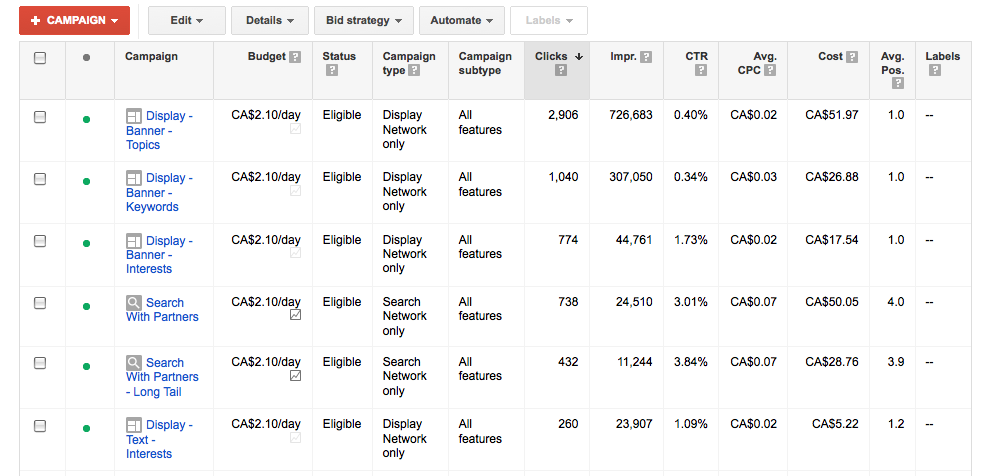
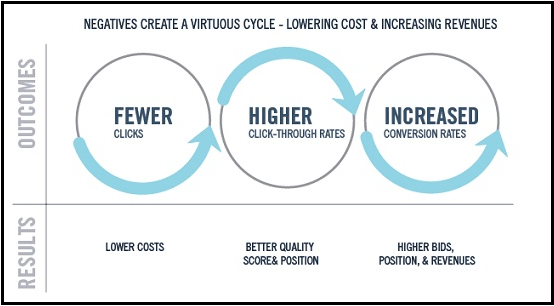

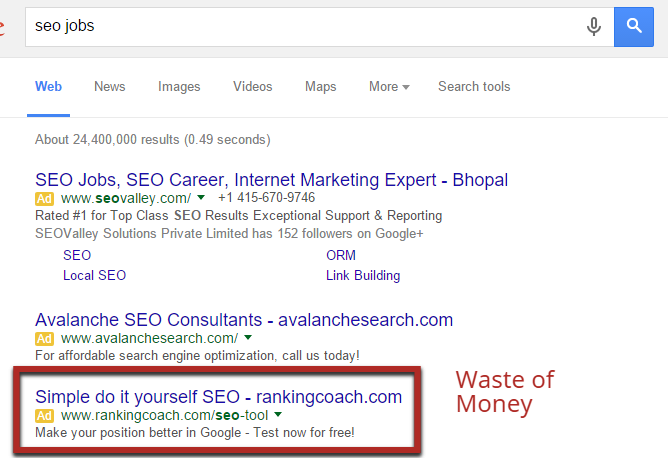
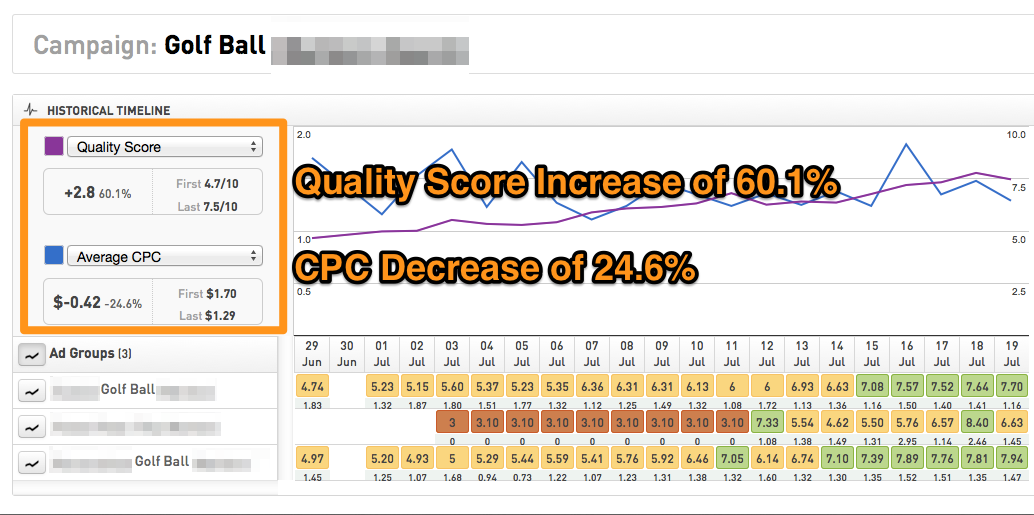
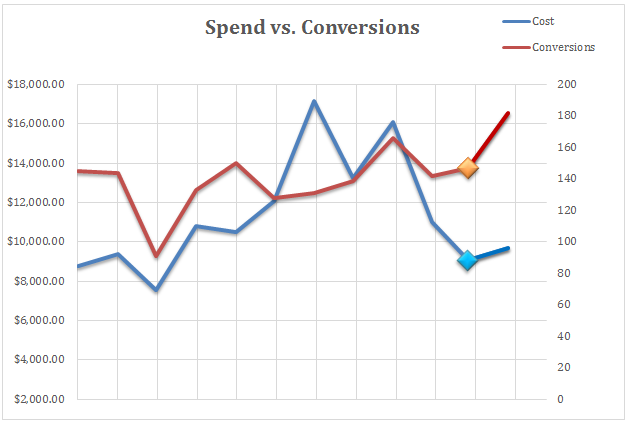
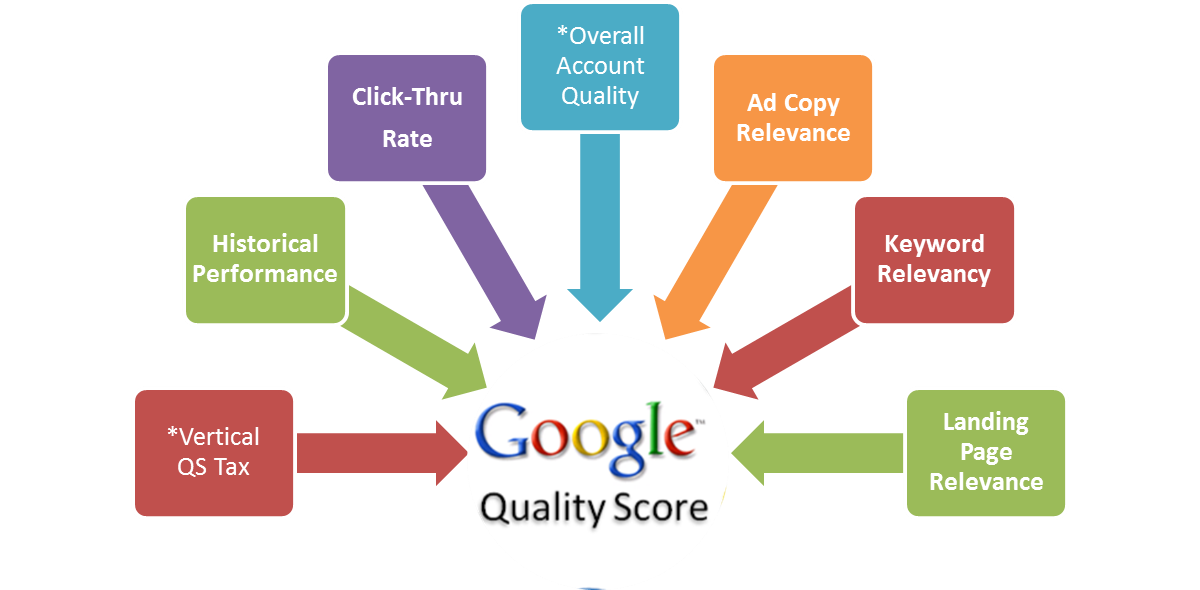
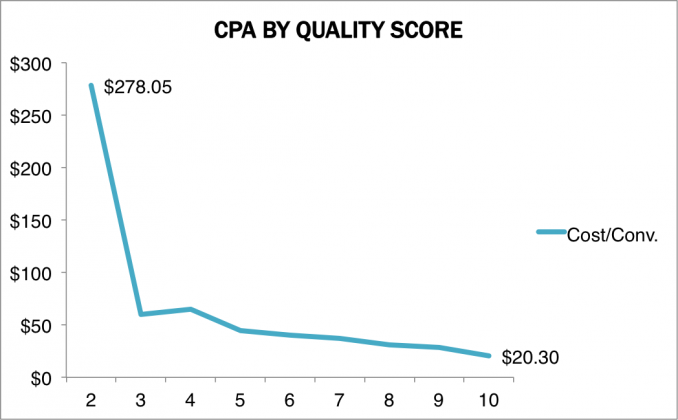
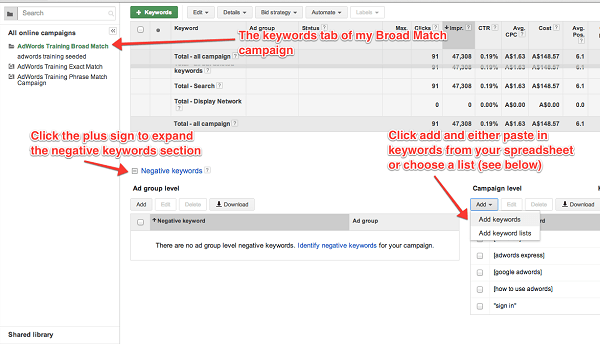



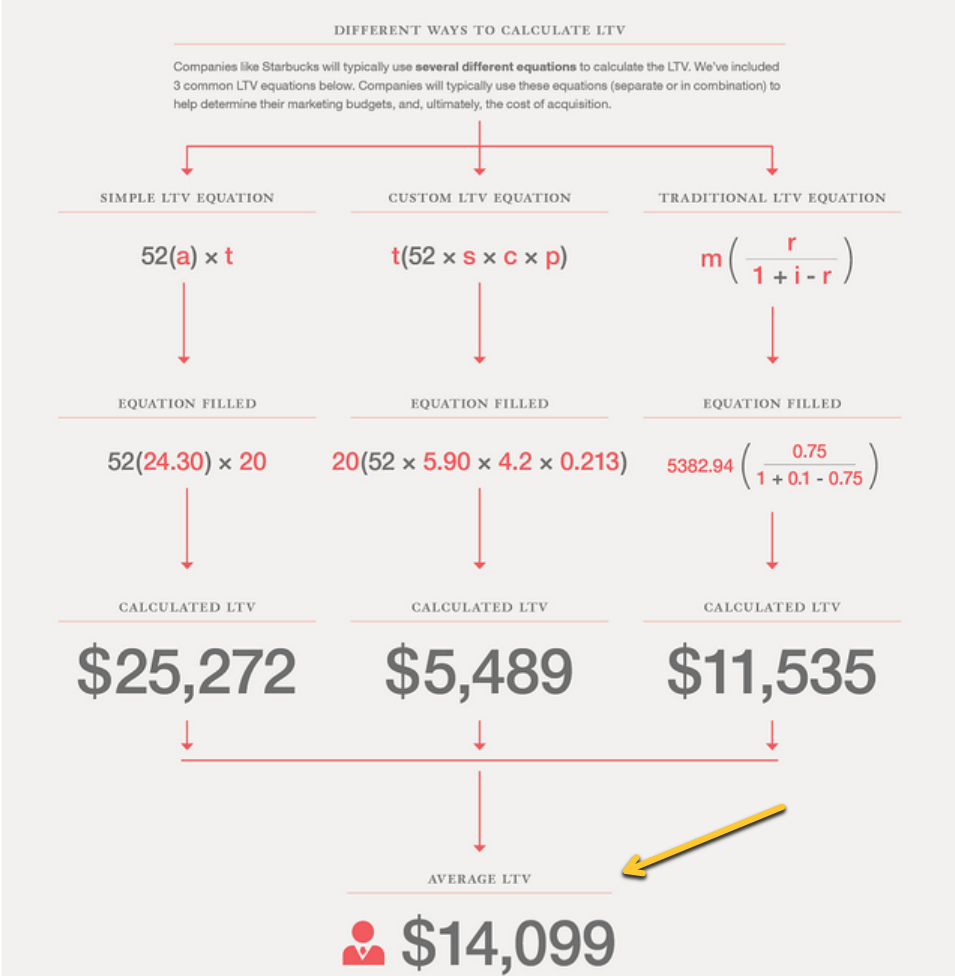
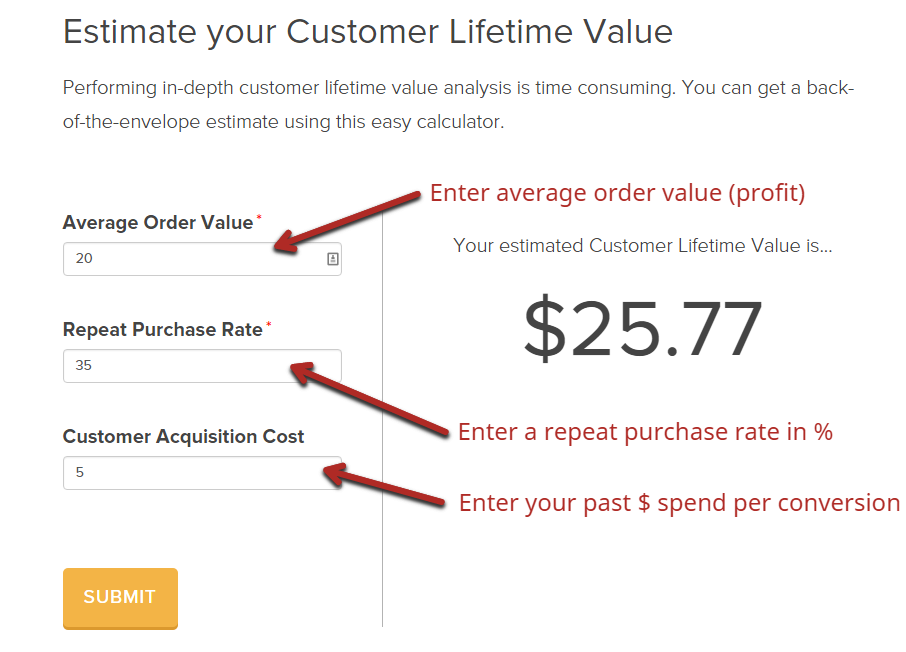

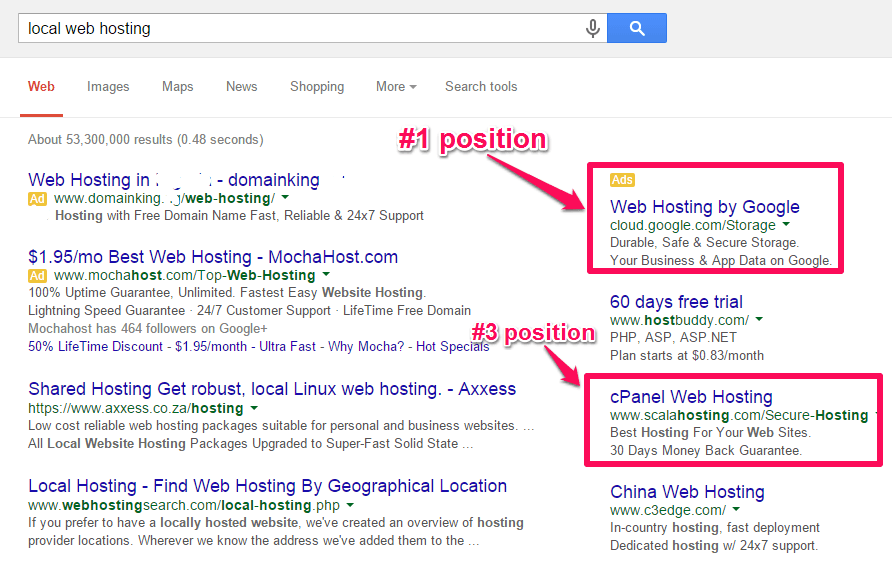
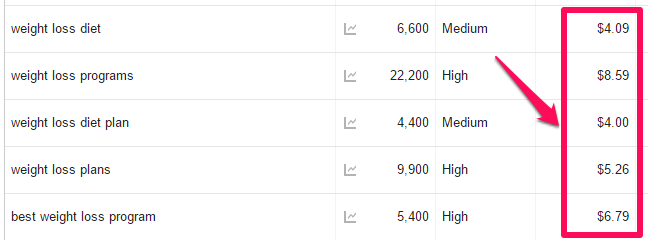
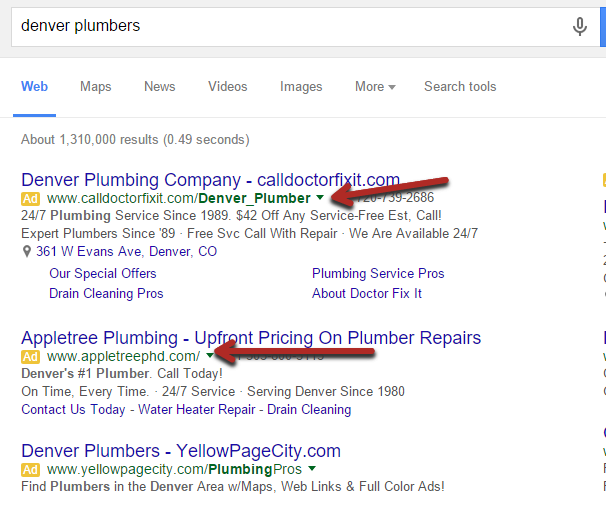

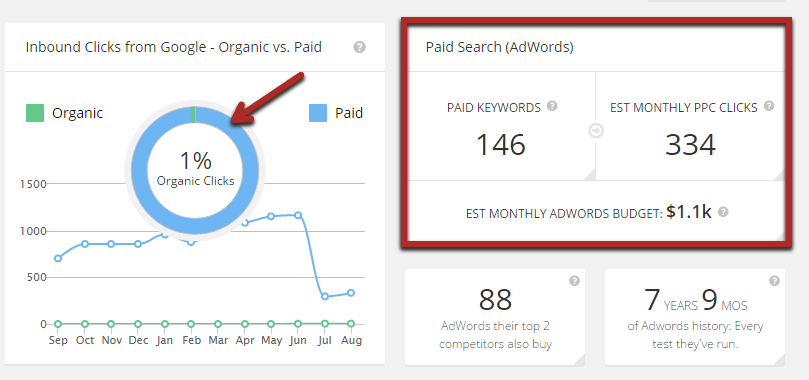
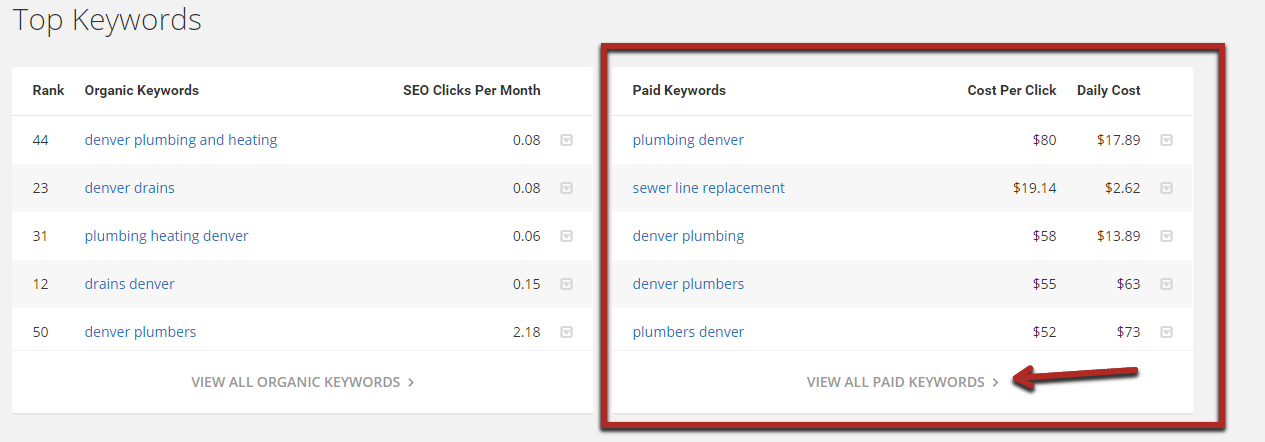
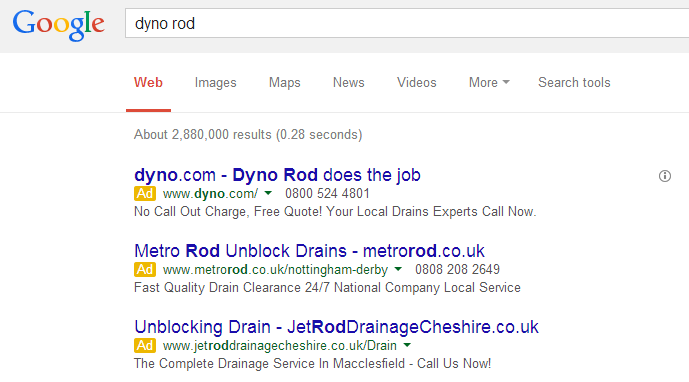
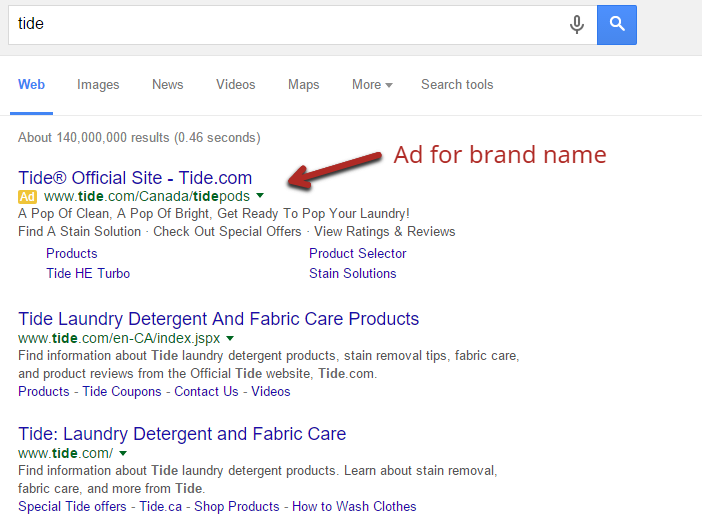
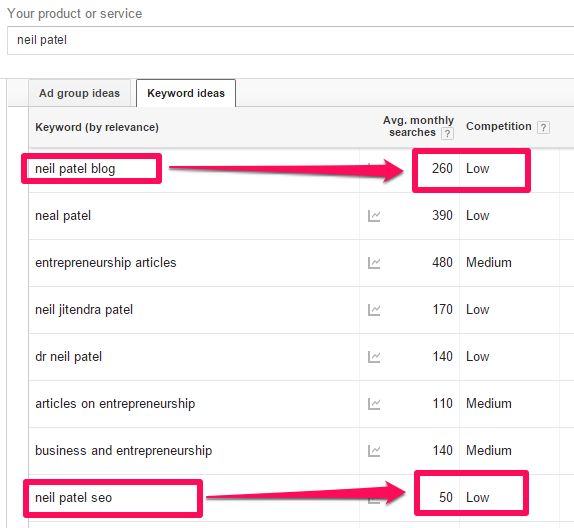


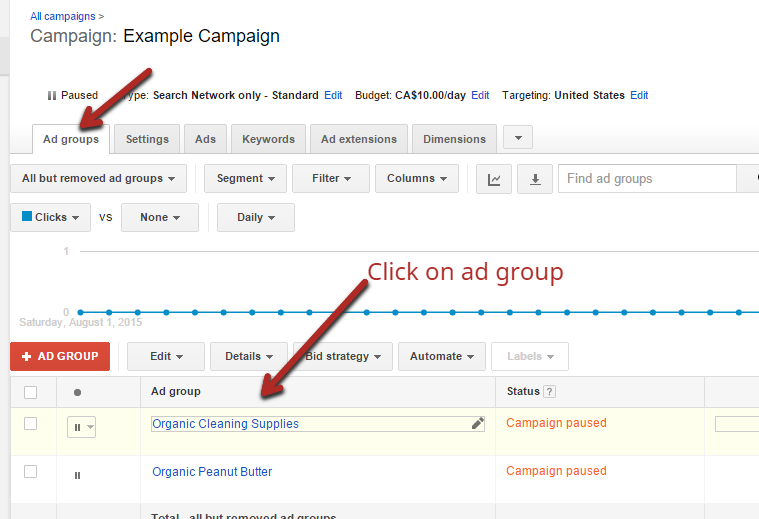

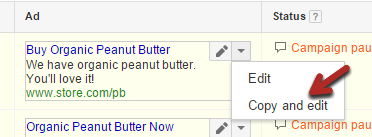
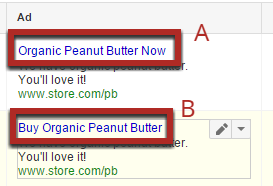
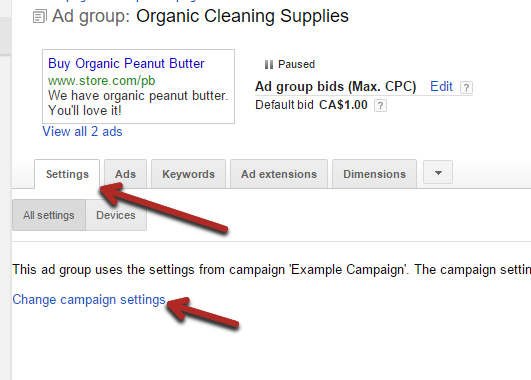

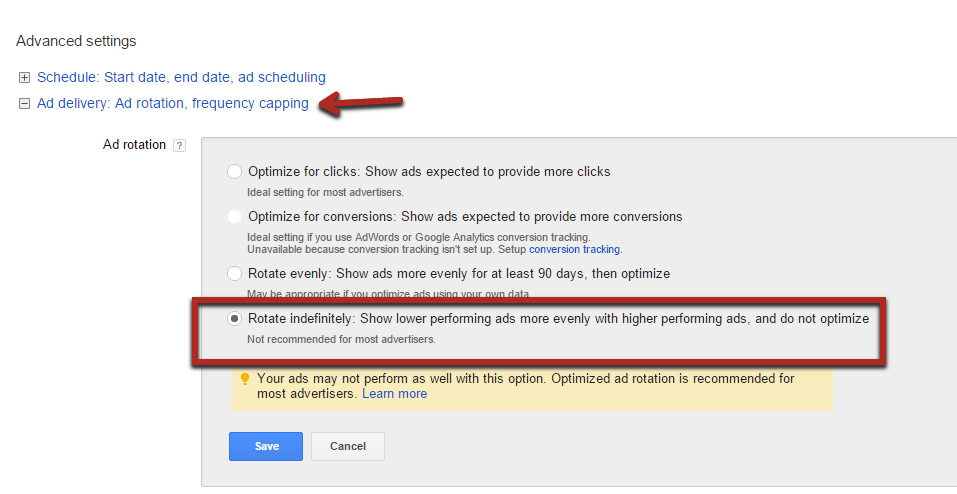

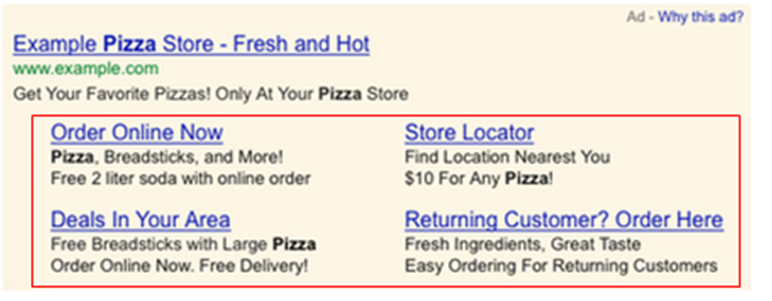



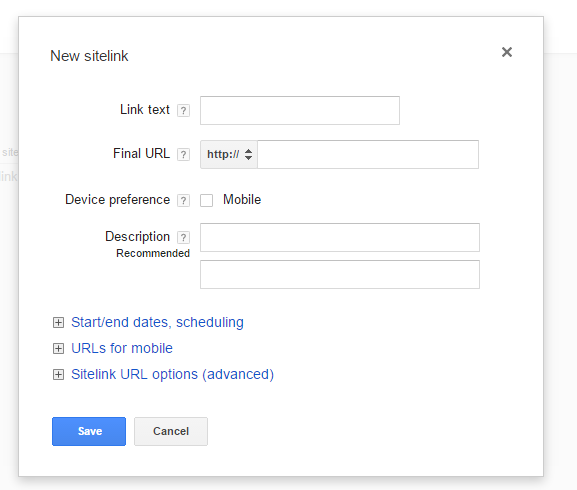
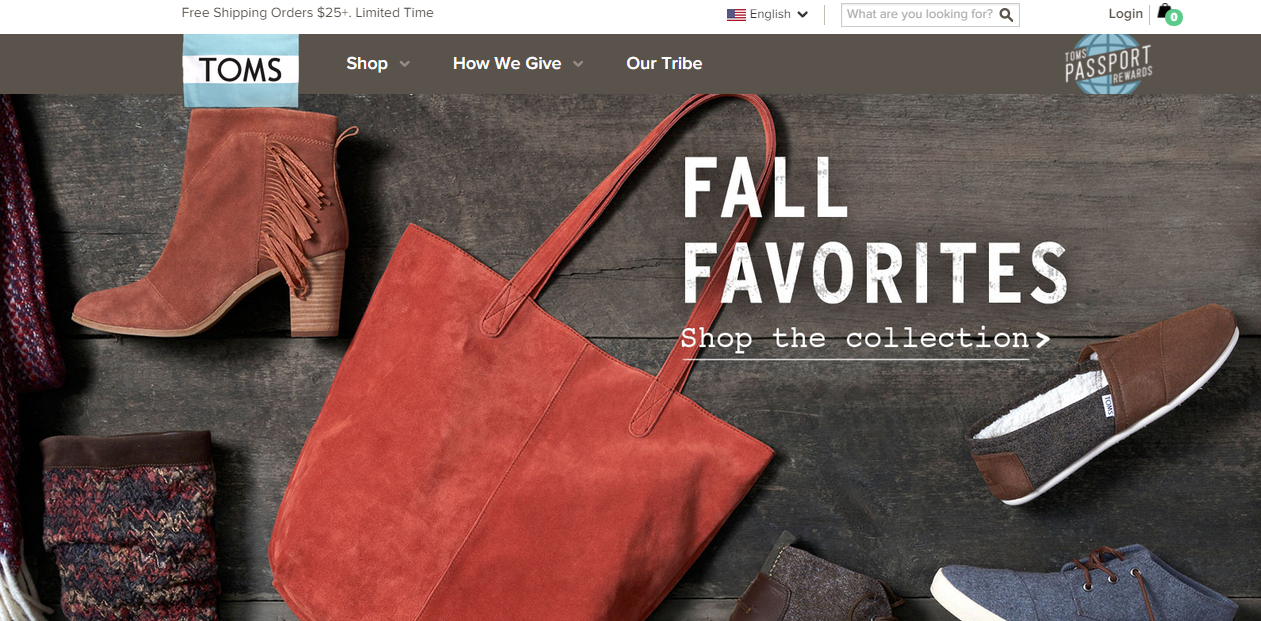
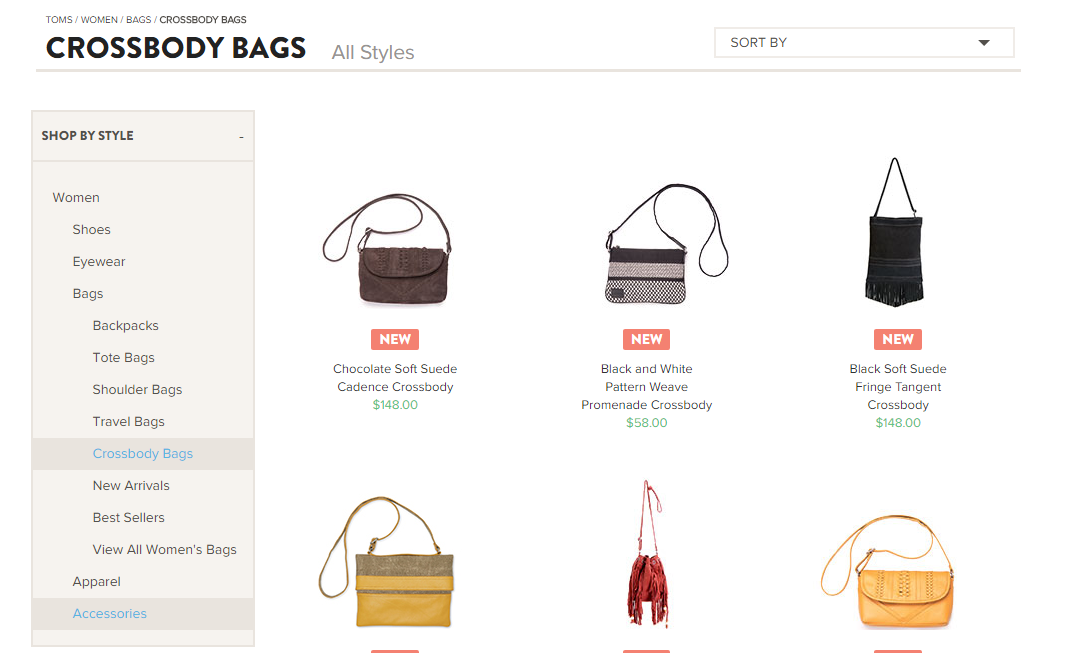
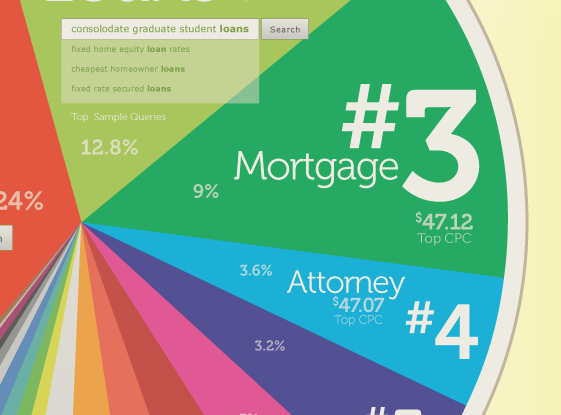

Comments (76)